Cost Breakdown
Shipper Owned Container Cost Breakdown
-
The underlying principle with steel is simple; the more steel used, the higher the cost. Over the years, COR-TEN® or CORTEN (a carbon enriched steel with higher corrosion resistance) and its equivalents have become the prevalent type of steel in container manufacturing.
Many variables go into constructing a container: thickness of the cross members; how many cross members; thickness of the doors and side panels. In the end, the thicker the steel, the more resistant it is, the more weight is added, the higher the cost.
-
The majority of shipping containers are now fitted with floors made out of tropical hardwood plywood. Due to the time it takes to grow hardwood trees, there seems to be a shift to bamboo plywood. Bamboo which grows extremely fast, seems to be the most obvious solution for the future and is not much more expensive than regular hardwood.
-
The paint system is one of the most critical parts of a container. It can make a big difference in the way containers age and rust. As paint technology has progressed, so has the application technology.
When looking at paint, there are three main things to be considered:
Thickness of paint coating system:
The desired DFT (Dry Film Thickness) is set out in the container specifications and should be measured by quality control inspectors after production. The thicker and uniform the coating, the more protection.Use of zinc rich primer:
Zinc is the single most expensive component of the paint. It creates a cathodic protection (basically a chemical reaction) which protects the steel from corrosion. The more zinc, the thicker the primer, the more protection.Undercoating:
Bituminous can be applied partially or to the whole container understructure.
Steel, flooring and paint are the three basic things to look into when comparing products before making a decision.
It should be noted that manufacturers do not decide what goes into the specification, but the person ordering the containers does. It is easier to tweak specifications when ordering 100 units than if ordering 10. However, there are certain standards that shouldn’t be compromised (unless you knowingly do so) and should be met by your supplier.
Take a few minutes to ask questions because you would be surprised how easy it is to save 5% to 7% on material costs; savings that nobody would notice by just looking at the unit. Quality is the foundation of your investment, which will ensure longer asset life and generate return without having to pour more money into it. It is also best controlled in a consistent, repetitive production. This normally translates to whole batches and series being produced at once, usually with the same specifications and color. If you’re ever offered new units with a variety of different colors and inconsistent serial numbers, you may want to inquire about the history of those units. It is possible they were rejected at the factory. This does not necessarily mean they are bad, but worth looking into a bit more.
Factories have quality control departments that have significantly improved in the last 15 years. However, every production should be inspected by an independent and reliable surveyor. The surveyor will be able to check the quality of the materials, ensure the specification chosen is met and look out for quality workmanship at the time of production. An independent surveyor will issue an “Acceptance Certificate” once the containers have been inspected offline. Any container supplier should be able to provide a copy of the “Acceptance Certificate”.

